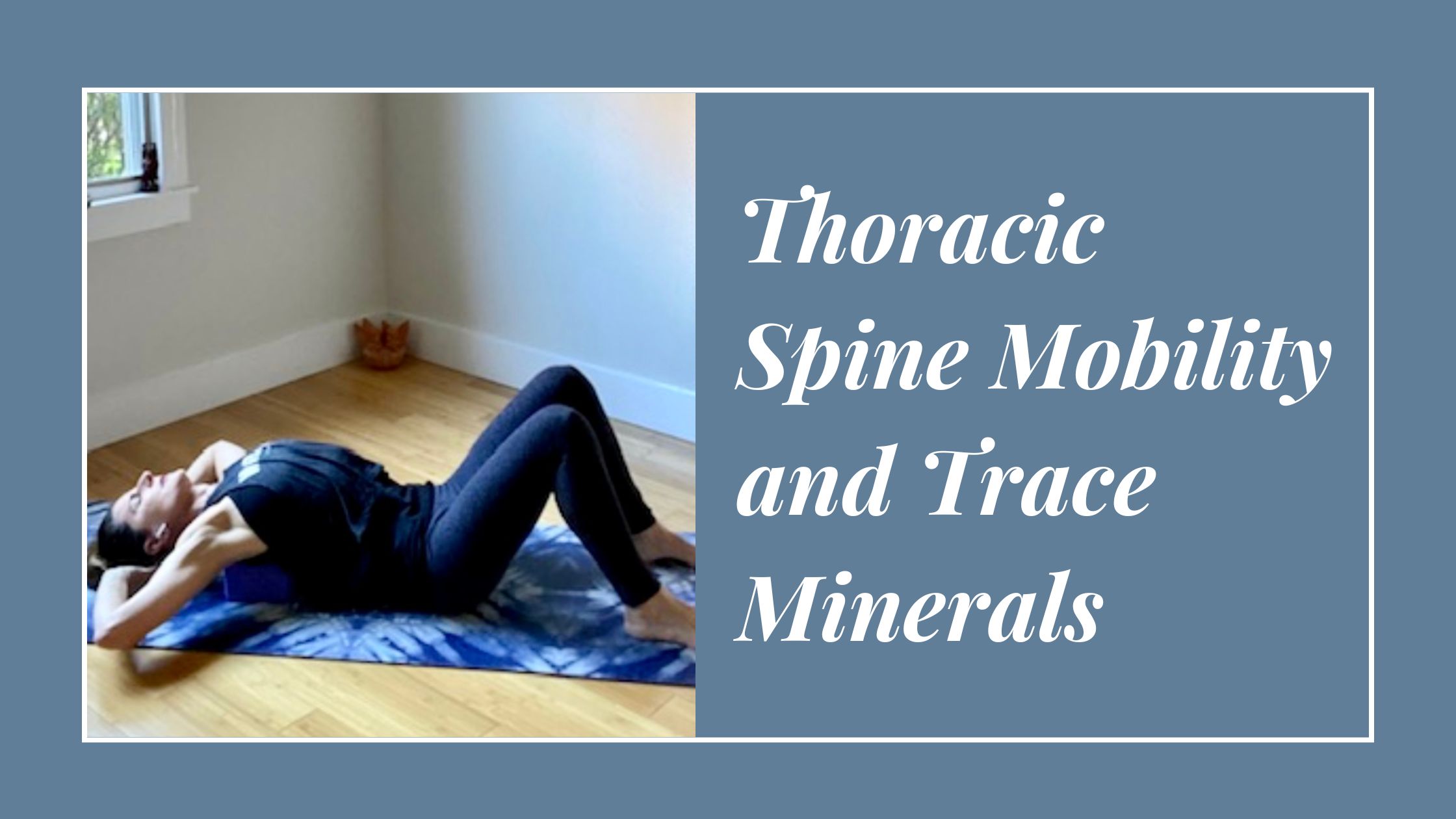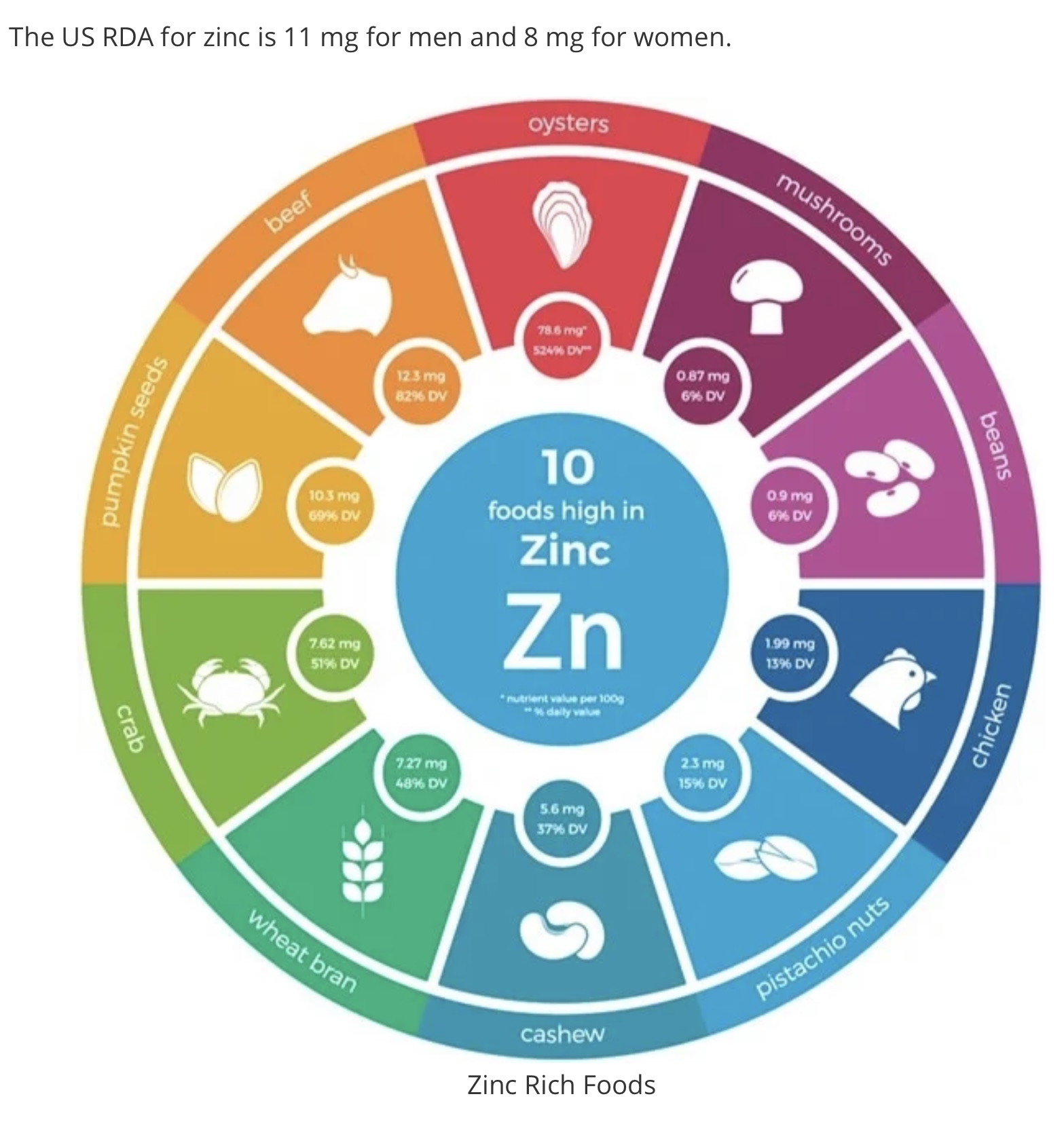One inspiring cue:
Sit with your knees bent, feet on the ground, and prepare to lie back over a block. Your hips will stay on the ground and the starting position of the block should be at the lowest part of your shoulder blades. Take your hands behind your head to support your neck and lie back over the block as your bring your elbows out to the sides. Feel the opening in your shoulders as you breathe deeply a few times. You can play a bit with adjusting your elbows according to the kind of sensation you want. Try it with your elbows open and closed as shown below!
Next, lift yourself up and move the block an inch towards your shoulders and lie back again for a few breaths. Come back up and repeat this one more time after moving the block up towards your shoulders one more inch. You can also prop yourself up on your elbows to adjust the block instead of sitting up all the way. Note: in this last variation, the block should not be on your neck, just under it on the very upper part of your thoracic spine.

Why?
According to Nick Mazzone, PT, DPT, CSCS, “It is vital that you have adequate mobility in this region because of the interdependent relationship it has with the cervical spine and lumbar spine. If you do not have enough mobility in the mid-back, the nervous system depends more heavily on the upper and lower parts of the spine to make up for that lack of motion. Limited thoracic mobility can then be a contributor to neck and/or low back pain.”
One inspiring tip:
Begin by leaning back over the block an inch or so (you will be extending your spine over the block) and then lift back to neutral. This may feel similar to doing an abdominal crunch. Repeat 3-5 times and then hold the spinal extension for 3-10 breaths. Feels so good!
One inspiring song:
“Pon De Replay” by THYPONYX, Emie
One inspiring quote:
“To love is to recognize yourself in another.” – Eckhart Tolle
Nutrition nugget:
TRACE MINERALS: WHY ARE THEY IMPORTANT AND SHOULD WE TAKE SUPPLEMENTS OF THESE MICRO-MINERALS?
Trace minerals consist of iron, manganese, copper, iodine, zinc, cobalt, fluoride, and selenium and are important for overall health.
Trace minerals are different than macro-minerals. A few examples of macro-minerals that you’ve likely heard of are calcium, magnesium, and phosphorus.
In the article from News-Medical.net I’m sharing below, you will find circular displays showing what foods have certain micronutrients, the benefit of the trace mineral, and how much you need. Trace minerals are needed in much smaller amounts than macro-minerals, but are just as important.
For example, “Zinc plays multiple roles in the body. It is involved in many cellular metabolic processes and is used in growth and development, the immune system, neurological function, and reproduction.” Check out the diagram below to see what foods have Zinc.
According to Dr. Lam, MD, “Common trace minerals benefits are often forgotten in the race to good health, but they’re an essential part of your diet”. He recommends eating a varied diet as well as snacking on different nuts to make sure you are getting enough trace minerals.
To read the full article from News-Medical.net, click here.


